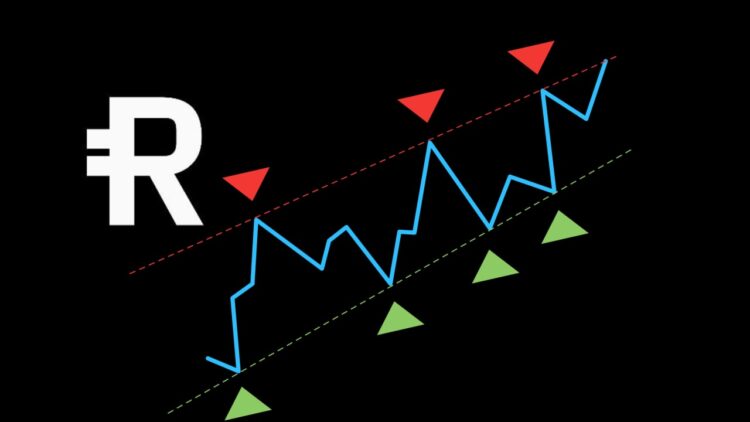The RSR token has been on a continuous uptrend since the 1st of August. At the start of the month, the Reserve protocol announced the launch of a new product, Reserve institutional. Reserve institutional was launched to help citizens in Latin American countries execute bulk transactions with low fees.
The Reserve protocol also mentioned that a few clients had used its payment service for some time. With growing adoption, the protocol has deemed it fit to expand its service reach to institutions.
With the new product, users would also facilitate faster transactions. The protocol made it known that Reserve institutions would be available in Peru, Argentina, Columbia, and Venezuela. The Reserve protocol has focused on serving nations with economic difficulties.
Peru, Argentina, Columbia, and Venezuela have recently been hit with extreme inflation. Between 1980 to 2020, the average annual inflation rate in Venezuela was 3,600% per year. Last year, the nation recorded an annual inflation rate of 1588%.
Reserve’s products have given citizens in Venezuela and the three other Latin American nations an option to hedge against inflation. Reserve’s RSV token is a stablecoin that protects individuals from inflation while protecting holders from the volatility of crypto markets. RSV is pegged to the United States dollars.
On the other hand, the RSR token is a volatile altcoin. RSR, which traded at around $0.065 at the start of the month, is now valued at $0.07. Since the protocol launched the institutional product, the token surged, forming higher highs and higher lows on the charts.RSR reached a peak of $0.085 before retracing on the charts. The RSR token now has a market capitalization of $292 million and is ranked as the 119th token on the list of cryptocurrencies by market capitalization.










